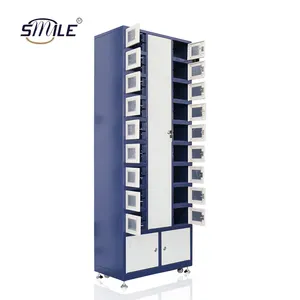Exploring the Galvanic Cell Experiment
Galvanic cell experiments are a cornerstone in electrochemistry education, offering hands-on experience in understanding spontaneous redox reactions and the flow of electrons. This category encompasses a variety of components and apparatus essential for conducting these experiments in educational and research laboratories.
Components of a Galvanic Cell Setup
A typical galvanic cell kit includes electrodes, an electrolyte solution, a salt bridge, and connecting wires. Electrodes are usually made of different metals or metal compounds, serving as the anode and cathode. The electrolyte is a conductive solution that contains ions to facilitate the flow of electrons. The salt bridge maintains the electrical neutrality within the internal circuit. These components are crucial for the demonstration of electrochemical reactions and the measurement of cell potential.
Applications in Educational Settings
The galvanic cell experiment is a fundamental teaching tool in both high school and university laboratories. It aids in illustrating the principles of oxidation-reduction reactions, electrode potentials, and the functionality of an electrochemical cell. Students learn to calculate the electromotive force (EMF) of the cell and understand the Nernst equation through practical application.
Materials and Durability
Materials used in galvanic cell laboratory equipment are selected for their durability and conductive properties. Common materials include copper, zinc, and platinum, which are resistant to corrosion and provide consistent results. The construction of these materials ensures longevity, making them a reliable choice for repeated use in rigorous laboratory environments.
Features and Advantages
The galvanic cell apparatus is designed with precision to ensure accurate experimental outcomes. Features such as clear markings and robust connectors contribute to ease of use and reproducibility of results. The advantage of using a galvanic cell in experiments lies in its ability to visually demonstrate the transfer of electrons and the conversion of chemical energy into electrical energy.
Selection and Variety
A diverse array of galvanic cell equipment is available to cater to different experimental requirements. From basic setups for introductory lessons to more advanced systems for complex research, the selection is designed to support a wide range of scientific inquiries. This variety ensures that educators and researchers can find the appropriate tools to facilitate their specific educational or investigative needs.















































 浙公网安备 33010002000092号
浙公网安备 33010002000092号 浙B2-20120091-4
浙B2-20120091-4